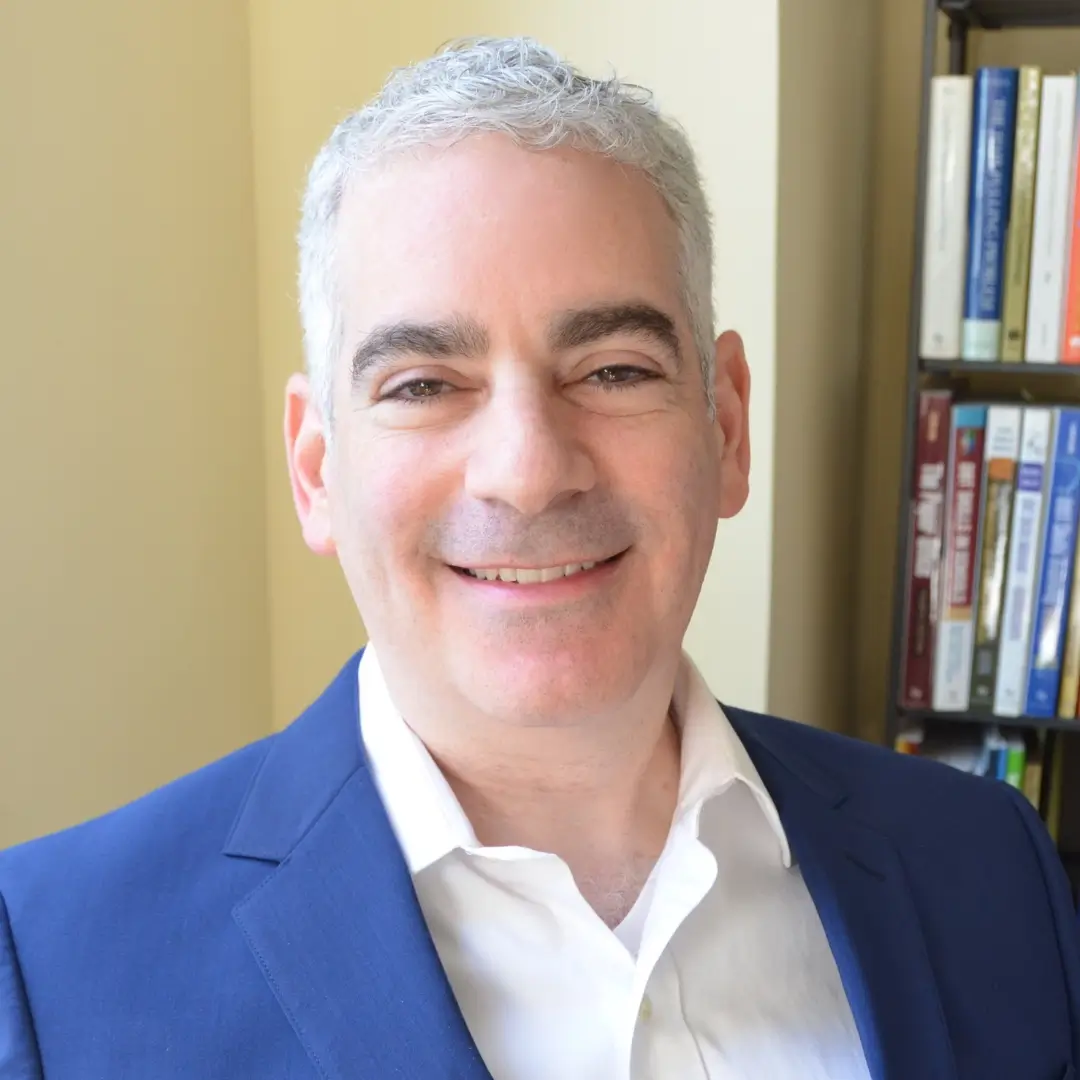Last updated: June 17, 2024
Complex post-traumatic stress disorder (cPTSD), sometimes referred to as complex trauma or complex PTSD, is somewhat different from PTSD. Here’s what you need to know about distinguishing cPTSD from PTSD and the treatment for each of these conditions.
What Is PTSD?
Post-traumatic stress disorder, or PTSD, is a syndrome that affects some people who have been through a traumatic event. Traumatic events typically involve serious harm or the threat of serious harm. Examples include things like sexual assault, motor vehicle accidents, combat, sexual or physical abuse, assault or mugging, natural disasters, and accidents. Traumatic events can also involve the unexpected or violent loss of a loved one.
Not everyone who experiences a traumatic event will develop PTSD. If you experience the following symptoms due to a traumatic event, you may have PTSD:
- Repeated nightmares related to the event(s)
- Intrusive memories of the event(s)
- Flashbacks or dissociation (feeling separated from your surroundings or emotions)
- Avoidance of people, places, situations, thoughts, or memories associated with the traumatic event
- Depression due to the traumatic event(s)
- Changes in your worldview or self-esteem
- Trouble sleeping that began when the traumatic event happened
- Feeling constantly “on-guard”
- Self-destructive behavior or overuse of alcohol or substances
How Is cPTSD different from PTSD?
Complex PTSD, unlike PTSD, is not an official diagnosis listed in the current version of the DSM (Diagnostic and Statistical Manual, the guide used by mental health professionals and the insurance industry to describe mental health conditions). The main difference between cPTSD and PTSD is that in cPTSD, the traumatic event(s) have occurred repeatedly over time.
cPTSD can be caused by the following types of adverse experiences:
- repeated physical or sexual abuse
- prolonged or repeated family violence
- exposure to repeated violence in the larger community
- repeated maltreatment during childhood or adolescence
Symptoms of cPTSD overlap with symptoms of PTSD, described above. cPTSD symptoms can additionally include:
- emotional numbing
- difficulty managing your emotions
- altered beliefs about the self — often beliefs about oneself as worthless or deeply flawed
- deep feelings of guilt or shame
- difficulty creating or sustaining relationships, or a tendency toward very intense relationships
- significant insecurity in relationships

What Treatment Helps People with PTSD?
There are several good PTSD treatment options for those suffering after a traumatic event.
In contrast to cPTSD, PTSD treatments have been researched for over a hundred years, and at this point, we know what kinds of treatments are most effective. The most effective treatments for PTSD are:
- Prolonged exposure therapy
- Cognitive-behavioral therapy (CBT)
- Cognitive processing therapy (CPT)
- Cognitive therapy
Also helpful to a lesser degree are:
- Medications (often used as a supplement to one of the treatments listed above)
- EMDR (eye movement desensitization and reprocessing)
- Narrative exposure therapy
Newer treatments are being researched such as stellate ganglion block and ketamine. However, their effectiveness as for PTSD, if any, is unknown. Early research suggests they are unlikely to be as effective as the first group of treatment options listed above.
What Treatment Helps People with cPTSD?
Just as cPTSD symptoms overlap significantly with those of PTSD, the treatment for cPTSD is similar to treatment for PTSD — but it’s not the same. People with cPTSD often have difficulty regulating their emotions, especially in the context of relationships. For this reason, recommended therapies for cPTSD improve your ability to manage certain emotions while targeting your other PTSD symptoms. The therapies best equipped to do help people with cPTSD include:
- Dialectical behavior therapy (DBT)
- Skills training in affective and interpersonal regulation plus modified prolonged exposure (STAIR/MPE)
- Dialectical behavior therapy prolonged exposure (DBT-PE)
- Dialectical behavior therapy for PTSD (DBT-PTSD)
How Can You Tell If You Have cPTSD or PTSD?
A mental health professional will be able to diagnose cPTSD or PTSD. It’s best not to self-diagnose these conditions as they can be quite complex and very impactful. Fortunately, treatment for either condition can transform or even save lives.
If you’re suffering from PTSD or cPTSD and ready to get some help, please contact us. We are happy to help you or to aid in finding a therapist who is local for you if you’re not in the NYC area.









